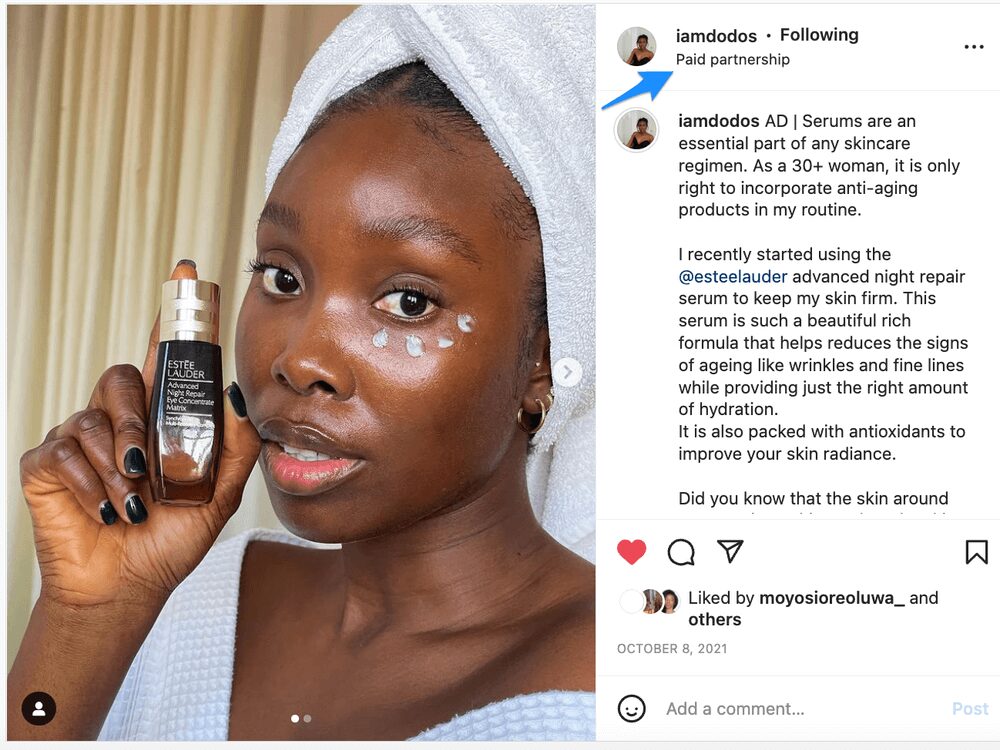In today’s competitive marketplace, brands need more than just traditional strategies to stand out. With consumers being bombarded by countless ads and marketing messages, businesses must find creative ways to engage their audience and differentiate themselves from the competition. Creative marketing is about thinking outside the box, delivering unique experiences, and building meaningful connections with customers.
In this article, we’ll explore various innovative marketing ideas that can help your brand break through the noise, create lasting impressions, and build a loyal customer base. Whether you’re a startup looking to establish a presence or an established company aiming to refresh your brand, these strategies will provide inspiration for your next marketing campaign.
The Power of Personalized and Interactive Marketing
One of the most effective ways to capture your audience’s attention is by making your marketing efforts personalized and interactive. In an era where consumers expect brands to understand their needs and preferences, generic messaging no longer cuts it. Personalization allows you to tailor your communication to individual consumers, making them feel valued and understood.
Interactive marketing, on the other hand, engages consumers in a two-way conversation, turning passive viewers into active participants. By combining both personalized and interactive elements, brands can create memorable experiences that drive customer engagement.
One unique idea is to create custom coasters that feature personalized messages, QR codes, or special offers. For example, a coffee shop or bar could hand out coasters with QR codes that link to exclusive promotions or behind-the-scenes content. Not only does this provide a tactile, memorable experience, but it also gives consumers something tangible that ties back to your brand.
Leveraging User-Generated Content for Brand Growth
User-generated content (UGC) has become one of the most powerful tools in a marketer’s arsenal. By encouraging your customers to create and share their own content featuring your products, you can build trust, authenticity, and social proof—all of which are key factors in driving conversions.

UGC can take many forms, from photos and videos to reviews and testimonials. The beauty of UGC is that it provides your audience with genuine perspectives on your products, which often resonates more deeply than traditional advertising.
Here’s how you can encourage user-generated content:
- Create a branded hashtag: Launch a social media campaign encouraging customers to share their experiences with your products using a specific hashtag. This makes it easy for you to track and share the content.
- Run contests and challenges: Offer incentives for customers who create and share content, such as giveaways or discounts. For example, a fashion brand could run a challenge where customers submit photos of themselves styling the brand’s products.
Another interactive idea involves utilizing QR codes, which engage customers in a modern and tech-savvy way. use a guide to making a QR code to easily create these digital gates that can link users instantly to exclusive content, promotions, or custom-branded experiences
- Feature UGC in your marketing: Showcase the best user-generated content on your website, social media channels, and email marketing campaigns. This not only gives customers recognition but also helps build a community around your brand.
- Collaborate with influencers: Partner with influencers in your industry to create UGC that highlights your products to a wider audience.
By incorporating UGC into your marketing strategy, you can create a sense of community and authenticity around your brand, leading to stronger relationships with your audience.
Immersive Experiences: Going Beyond the Traditional
In an increasingly digital world, consumers crave experiences that are immersive and engaging. Brands that can create a memorable, multi-sensory experience stand a better chance of connecting with their audience on an emotional level. This is where experiential marketing comes into play.
Experiential marketing focuses on creating events or activities that immerse consumers in a brand experience. It goes beyond traditional advertising to engage customers in a way that allows them to experience the brand firsthand.
For instance, a pop-up shop designed to reflect the essence of your brand can offer an interactive experience where customers can try your products in person, engage with your staff, and immerse themselves in your brand’s story. These pop-ups can be made even more memorable by incorporating small, branded takeaways like custom coasters to remind visitors of the experience.
Experiential marketing can also take the form of virtual or augmented reality experiences. With AR/VR, you can transport your customers to new worlds, allowing them to interact with your products in unique ways. For example, a furniture brand could offer a virtual reality experience where customers can visualize how products would look in their own homes.
By creating immersive experiences, you not only build excitement around your brand but also create opportunities for customers to engage with your products in a meaningful way.
Harnessing the Power of Storytelling in Marketing
One of the most powerful tools a brand can use is storytelling. Stories evoke emotions, build connections, and make your brand more relatable. Whether you’re sharing the origin story of your company, showcasing customer success stories, or promoting a new product, storytelling helps humanize your brand.
Here are a few ways to incorporate storytelling into your marketing strategy:
- Brand history and values: Share the story of how your company started, your mission, and what drives your business. Customers are more likely to support a brand whose values align with their own.
- Customer success stories: Feature stories of how your products or services have positively impacted your customers’ lives. This not only builds trust but also demonstrates the real-world value of your offerings.
- Product journey: Take your audience behind the scenes and show them how your products are made. From design to production, letting customers in on the process creates transparency and trust.
- Interactive storytelling: Use digital tools to create interactive stories that engage your audience. For example, an online scrapbook can be used to document your brand’s journey, filled with photos, videos, and customer testimonials that showcase milestones and achievements.
By weaving storytelling into your marketing efforts, you can create deeper connections with your audience and build brand loyalty.
Collaborating with Micro-Influencers
Influencer marketing has proven to be an effective way to reach new audiences and build trust. However, rather than focusing solely on celebrities or mega-influencers, many brands are turning to micro-influencers—social media personalities with smaller but highly engaged followings.
Micro-influencers tend to have more authentic connections with their followers, making their endorsements feel more genuine. Because of this, they can be more effective at driving engagement and conversions.
To make the most of a micro-influencer collaboration:
- Identify influencers who align with your brand values: Look for influencers whose followers are likely to be interested in your products or services. The key is finding individuals who genuinely align with your brand.
- Engage in long-term partnerships: Rather than one-off posts, consider building long-term relationships with influencers who can become ambassadors for your brand. This allows for more consistent messaging and deeper trust with their audience.
- Encourage creative freedom: Let influencers create content in their own style, as they know best how to engage their audience. Authentic content will resonate more than heavily scripted posts.
Working with micro-influencers offers a cost-effective way to tap into niche markets while building brand authenticity.
Sustainable and Purpose-Driven Marketing
Consumers are increasingly drawn to brands that prioritize sustainability and have a clear sense of purpose. Today’s customers want to know that the brands they support are making a positive impact on society and the environment. Purpose-driven marketing allows brands to build stronger emotional connections with their audience by aligning their products and messaging with causes that matter.
For example, companies can launch campaigns focused on environmental initiatives, such as reducing plastic waste or donating a portion of proceeds to charitable organizations. Brands that integrate sustainability into their messaging are not only more attractive to conscious consumers but also gain a competitive edge.
If sustainability is a core part of your brand, share stories about your eco-friendly practices and initiatives. This could include highlighting your commitment to using sustainable materials, supporting ethical manufacturing, or reducing your carbon footprint.
Conclusion: Creativity is Key to Standing Out
In today’s saturated market, creative marketing is essential for brands that want to stand out and make a lasting impression. Whether it’s through personalized experiences like custom coasters, leveraging user-generated content, or immersive storytelling with an online scrapbook, creative strategies allow brands to engage with their audience in unique and meaningful ways.
As marketing continues to evolve, the brands that succeed will be those that consistently find new ways to connect with consumers, build loyalty, and create experiences that resonate. By thinking outside the box and focusing on authenticity, personalization, and purpose, you can take your brand’s marketing efforts to new heights.
To read more content like this, subscribe to our newsletter
Go to the full page to view and submit the form.


